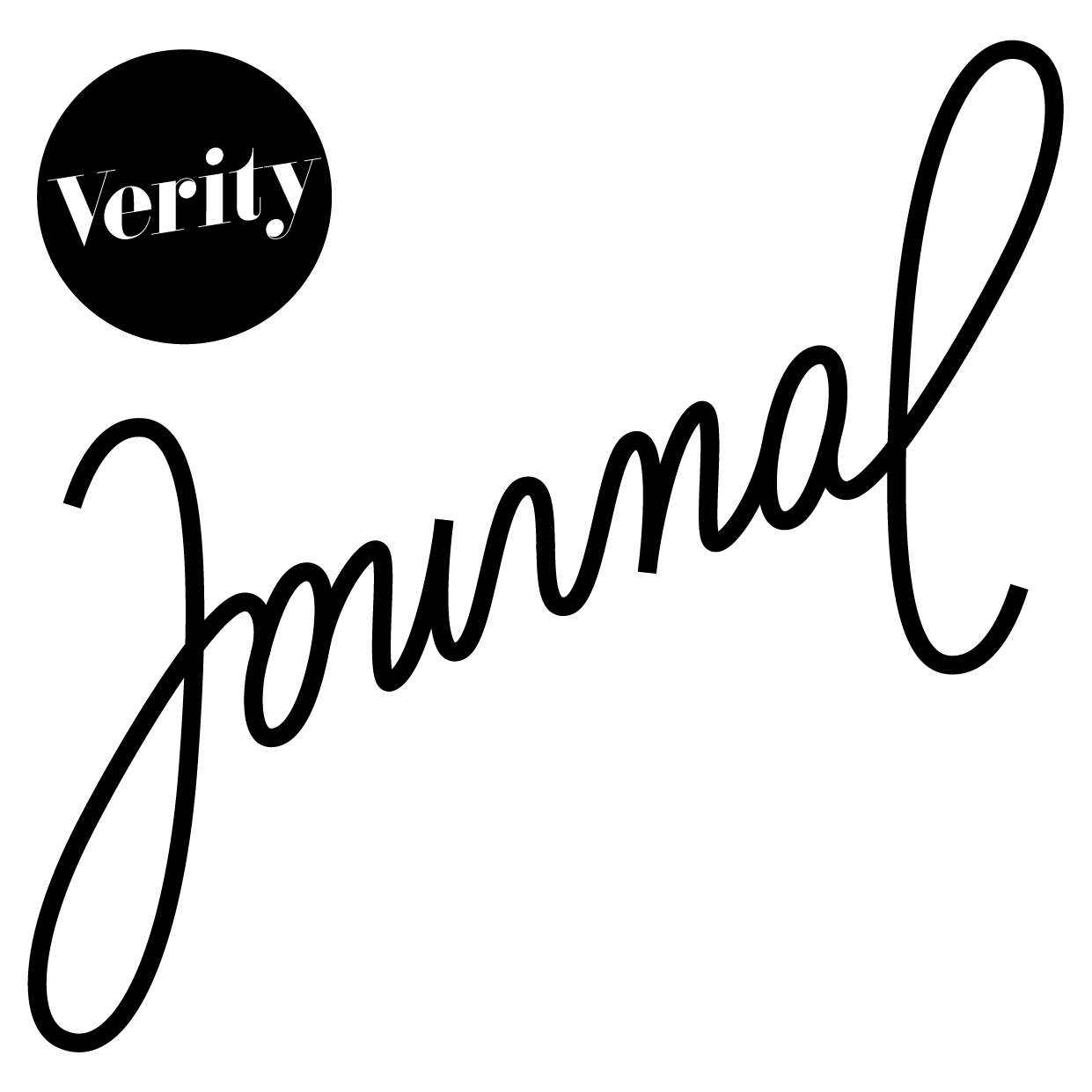My Night with Norman Reedus
The secret diaries of an offline journalist…

Photos by Léonard Bourgois-Beaulieu
Norman : Are you just making this up as you go along, as you stuff that sandwich in your mouth? I have never done an interview with an interviewer who had a food-full of sandwich. So this is a first.
This was not how I had anticipated the interview would go as I prepared to attend the celebration of the launch of his first Parisian photo exhibition where I was summoned to meet him. To be honest, 24 hours earlier I had no idea who Norman was. Norman Reedus, I discovered had invaded my childhood through 90’s MTV for a few subliminal seconds in Radiohead’s Fake Plastic Trees. He is also the current star and sex symbol of a show called The Walking Dead, a concept as alien to me as Game of Thrones. Some lightweight research led me to understand that The Walking Dead is a television drama that boasts “the highest total viewership of any series in US cable television history”. It is pretty unusual for a photographer to be followed by fans and flashing phones at their very their first Parisian art exhibition, but Norman is pretty used to it.
Norman: Since I started this TV show, it’s like this everywhere I go. If I make eye contact with someone, someone is gonna ask me for something. It’s nice for the prolonged life of the show, and the character I play on the show. You know what, it’s all fucking the same. It’s a new world, everyone’s got a cell phone with a fucking camera. With social media, everyone wants you to take their picture.
“The sun’s come up like a big bald head”, the name of the collection that you can acquire in book form as well as the title of the exhibition that originally appeared in NYC in 2013, before going on to Berlin. Finally it came to Paris for a month at a small central gallery “Hors Champ” in December 2016. Vernissage events, essentially gallery openings, are famous for their free drinks and abundance of attractive young men. Norman’s vernissage was no exception. There were plenty of handsome boys wearing sheepskin jackets and smoking badly rolled cigarettes. The only difference was that everyone had gotten wind of the event. Well-behaved art collectors suddenly mutated into excitable teenagers, the intimate guest-list only gathering we had been promised by his agent was jettisoned to make way for the army of mini screens and sweating bodies that swarmed around him like hungry mules. Whisky was issued at large from a young man wearing a silicon monkey mask and Norman stood, composed and calm in the middle of it all, flanked by two sassy older women, (his NYC agent and French PR officer) like two armed guards, with hats and hair acting like kalashnikovs. We made eye contact through the melee; he could detect I was panicking. He indicated sympathy, as did I. He knew my compassion was sincere; after all, I had no desire to selfie with him. Or touch him. Not yet anyway. Due to the unexpected crowds making any kind of interview impossible, it was agreed that we would meet the following evening to talk properly.
Norman: I thought it was gonna be ten people, like a private thing.
Verity: Yeah me too.
N: There was like a thousand people. I did not see that coming.
V: But it’s nice to have visibility of your work, from different types of people, if you care about that?
N: I don’t even think it sacrifices one for the other. It all goes hand and hand and we have to accept it and deal with it, that’s the new world.
V: Do you think Instagram is killing photography?
N: No. I’ve thought about this, and I’ve talked about this. I actually think it’s helping it. When you get a signed photo of a photographer it’s worth even more now because they are already taking pictures of everything else. It’s a piece of art if you can get it from the source.
As I was leaving I grabbed a catalogue and tried to look at his work. Unfortunately the large turn out of boozed up winter scarves and heads obscured the majority of photos. I was surprised by the quality and the content. Images of soldiers at barbed wire that he was surely too young to have taken. Naked women covered in blood that he surely couldn’t have dared capture to film; dressing room photos of actresses that evoked (for me), a backstage pass to the set of Lynch’s Blue Velvet. Norman’s timelessness is equally confusing when he is talking to you. He could be the teenage boy you were ambiguously best friends with. But he’s a middle-aged man with creased skin if you look closely.
V: What about the images that look like they were taken in prison camps?
N: No they were not taken in camps. Those images are from Moscow. I was there doing a film with Andrei Konchalovsky and we shot in these remote locations in the middle of the night and just by coincidence we were at a place where a lot of young boys were about to join the military. They started a conversation with me because they recognised me from a movie, so we were swapping items through the fence before they go off to join the thing. Belt buckles, cigarettes and lighters, whatever we had and we sort of started up a rapport and we became friends in the middle of the night.
V: So you whipped out your camera.
N: And I started taking pictures, yeah.
This is just an extract of a rather long adventure. To read the complete version, go here
Or Buy Verity Magazine No.2


